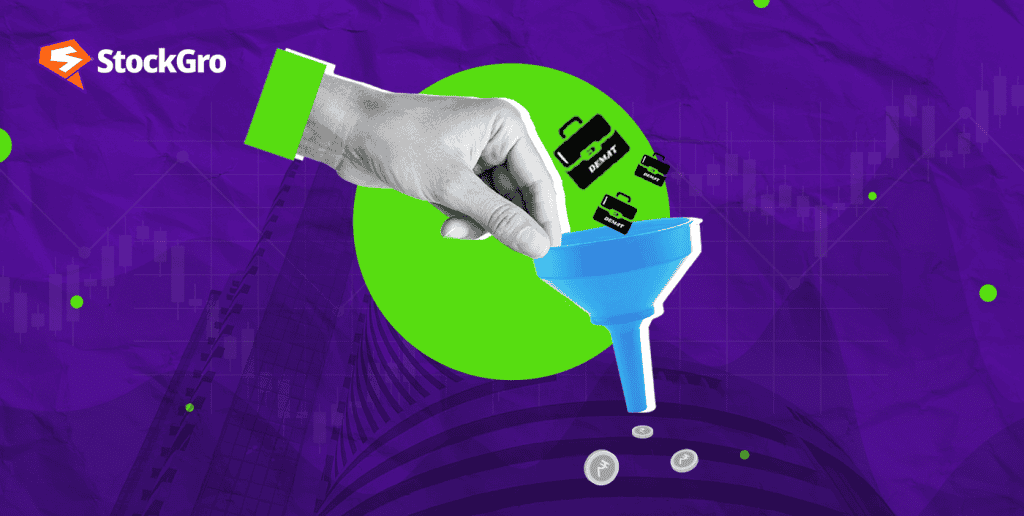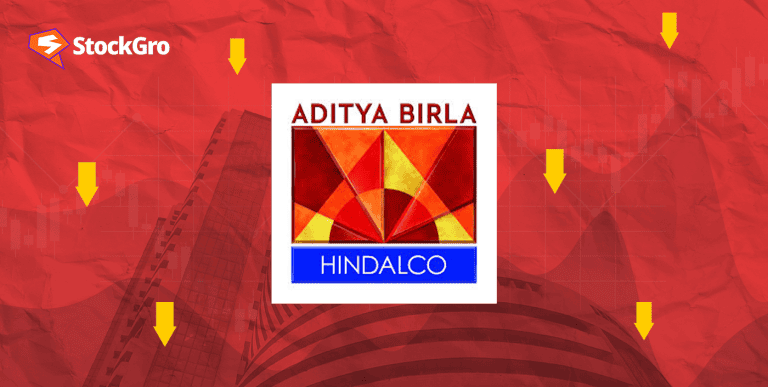
Holding securities in physical form is almost an obsolete practice in this digital era. Instead of the conventional paper-based mode, a dematerialized account now fulfills the requirement for holding shares and all other types of securities in electronic form.
Not everybody needs high-maintenance demat accounts as some individuals may have relatively small holdings. BSDA or Basic Services Demat Account does the job for such persons as it comes at a relatively reduced cost.
In the following sections, we will be discussing how to change a normal demat account into BSDA and what benefits it brings.
What is BSDA?
It is a simplified form of the basic demat account that offers the advantages of basic services at reduced prices. SEBI– Securities and Exchange Board of India–introduced this program in 2012 and is available to investors with modest portfolio sizes. It is an economical method for investors to retain securities.
On the other hand, maintenance fees are lower than the usual demat accounts. However, this account carries a value cap on holding. A person becomes de-classified for BSDA and has to be switched back to a regular demat if his/her holdings exceed a certain limit in value.
Also read: Contemplating opening a joint demat account? Here is what you should know!
Benefits of BSDA
Some of the benefits of BSDA include:
- Low maintenance charges: Investors opt for a BSDA is the reduced annual maintenance charge or AMC.
- From September-2024, for holdings (Debt + non-debt securities combined) up to ₹4 lakh, there are no maintenance charges for the year.
- For the holdings between ₹4 lakh and ₹10 lakh, ₹100 annual maintenance charge or AMC.
- For holdings above ₹10 lakh, regular AMC will be charged i.e, ₹300 to ₹800, depending on the depository participant (the financial institution where you hold your demat account).
- Simplified services: This would be appropriate for investors who do not need sophisticated services or require frequent transactions.
- No charges for electronic statements: If you hold BSDA, there shall be no charges for the electronic statement. However, a charge of ₹25 per statement shall be levied if you opt for physical statements.
Eligibility criteria for opening or converting to BSDA
To become eligible for a BSDA, here are the prerequisites:
- Existing demat holders: If you are an existing demat holder and want to get your regular demat account converted into BSDA, then your account must have holdings (Debt + non-debt securities combined) not exceeding ₹10 lakh at any point of time.
- New demat holders: The opening BSDA should have an initial holding of less than ₹10 lakhs.
- Single Account: No more than one demat account is allowed to open across the depository participants (DPs) in the same name, except that one of them is a regular demat account or a joint account.
The BSDA is a single-holder account and, therefore, it cannot be opened based on joint accounts.
How to convert a demat account to a BSDA
Previously, converting your demat to a BSDA involved some effort—you had to contact your depository, fill out forms, provide documents like PAN, and wait for them to verify everything. Once approved, you’d get a notification, and your reduced fees would begin. A bit manual, but manageable.
Now, it’s more streamlined. According to the June 28-2024 circular, if you meet the criteria, the shift to a BSDA will happen automatically. No requests needed unless you specifically want to keep your standard demat.
This isn’t limited to new investors. Existing accounts that fit the requirements will also transition on their own unless the investor opts out by email. DPs will review accounts regularly at the close of each billing cycle, ensuring all eligible ones are updated.
Valuation matters here. DPs rely on the daily closing price or NAV or Net Asset Value for mutual funds, while unlisted assets are considered at face value. Suspended securities aren’t counted. However, if your portfolio’s value exceeds the allowed ceiling, your status changes, and higher fees kick in from that day onward.
For instance, let’s say your investments are worth ₹9 lakh. The market surges, and suddenly, their value jumps to ₹10.6 lakh. Now, you’ve crossed the threshold, and your account no longer qualifies for BSDA and is considered as a standard demat account.
Key differences between a regular demat account and BSDA
| Aspect | Regular demat account | BSDA |
| Annual maintenance fee | Higher charges, regardless of holding size | No charges for holdings up to ₹4 Lakhs |
| Holding value limit | No cap on the value of holdings | Up to ₹10 Lakhs |
| Eligibility | Available to all investors | Available to small investors with limited holdings |
| Services | Comprehensive services for active traders | Basic services only |
| Additional accounts | Can hold multiple accounts | Only one BSDA account allowed |
When should you convert to BSDA?
The conversion of a normal demat account to BSDA depends on your investment strategy and the size of your portfolio. This is how a BSDA conversion may be warranted in some of these scenarios:
- Small portfolio holders: A portfolio worth less than ₹10 lakhs with most of the holdings being long-term investments will save maintenance charges by conversion.
- Infrequent traders: If you trade less or hold securities for a longer period without regularly buying or selling, a BSDA might be the best solution to save you costs.
- Cost-conscious investors: Investors who want to keep the charges very low and, therefore, do not desire to pay any account maintenance fees would be well-served by a BSDA.
You may also like to read: Understanding BSDA account: Features, eligibility, charges and benefits
Things to keep in mind
While a BSDA has many advantages, here are a few things to be noted:
- No multiple BSDAs: You can only hold one BSDA per depository participant. If you already have multiple demat accounts, you’ll need to consolidate your holdings into a single account to convert to a BSDA.
- Charges for exceeding the limit: If holding crosses the ₹10 Lakhs limit, your BSDA will become a regular Demat account with increased maintenance charges.
- Limited services: BSDA suits best that investor who does not need more facilities or frequent trading services. An active trader may prefer a regular demat account more than a BSDA.
Conclusion
A BSDA is a good option for small investors and infrequent traders to minimize the costs while the securities continue to be held in dematerialized form. An understanding of the eligibility criteria followed by simple steps, as stated above, helps convert a demat account into a BSDA and save on maintenance charges.
Always remember to keep monitoring the value of your holdings so you are qualified for a BSDA. Through this, you can achieve maximum cost savings and put together an efficient investment strategy.
FAQs
1. Can I have multiple BSDAs?
No, you are not allowed to have more than one BSDA. You can hold only one BSDA at any given time. If you already hold more than one demat account, you will have to choose one to convert into a BSDA and the remaining ones will be normal demat accounts unless you close or alter them.
2. Is there a penalty for exceeding the ₹10,00,000 limit in a BSDA?
Any BSDA above the threshold in total holdings will mandatorily be turned into a regular demat account. While there isn’t a direct penalty, they will attract higher maintenance fees applicable to a standard demat account. BSDAs are actually targeted at small investors, and once you cross a certain threshold, you are no longer eligible for the lower or zero maintenance fee applicable while holding a BSDA.
3. What documents are required for converting a Demat account to a BSDA?
All you have to do is submit a conversion request form to your DP i.e, Depository Participant, along with a copy of your PAN card, valid address proof document, and KYC documents. This ensures that the BSDA eligibility criteria are met at the time of conversion; proper documentation of the account holder’s identity and address is also called for before the BSDA account gets converted.
4. Can I convert my joint Demat account to a BSDA?
No. BSDA facility is opened only for individual account holders and not for multiple/joint holders. In case you hold a joint demat account and hence have not been enjoying BSDA’s relieving reduced maintenance fees, it is possible that you may either open a new BSDA as an individual or convert your existing single holder demat account into a BSDA.
5. Will I lose any benefits by converting to a BSDA?
No, you will not suffer the loss of any feature or benefit if you convert your regular Demat account to BSDA. BSDA provides virtually similar services like a regular Demat account, the functions such as holding securities, transferring shares, and other related functions. Meanwhile, the great advantage is that the maintenance charge reduces to nil according to the holding value of your account. So BSDA is cost-effective for investors whose portfolios are less than a hundred thousand rupees.

